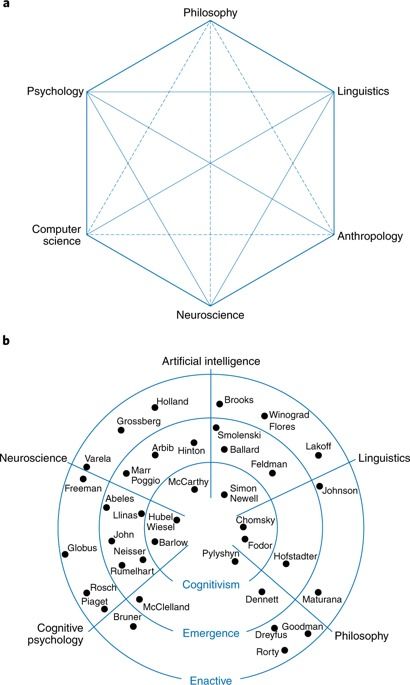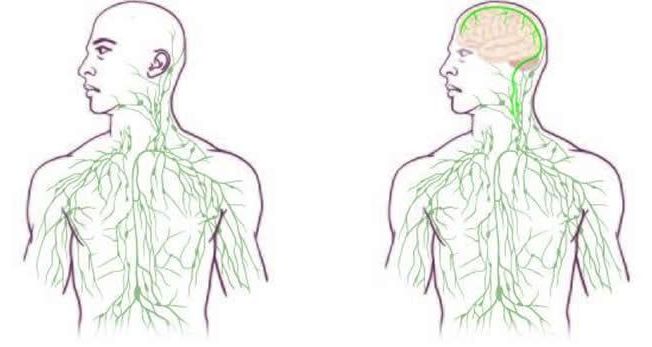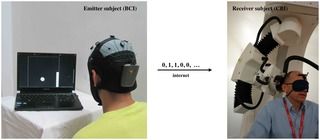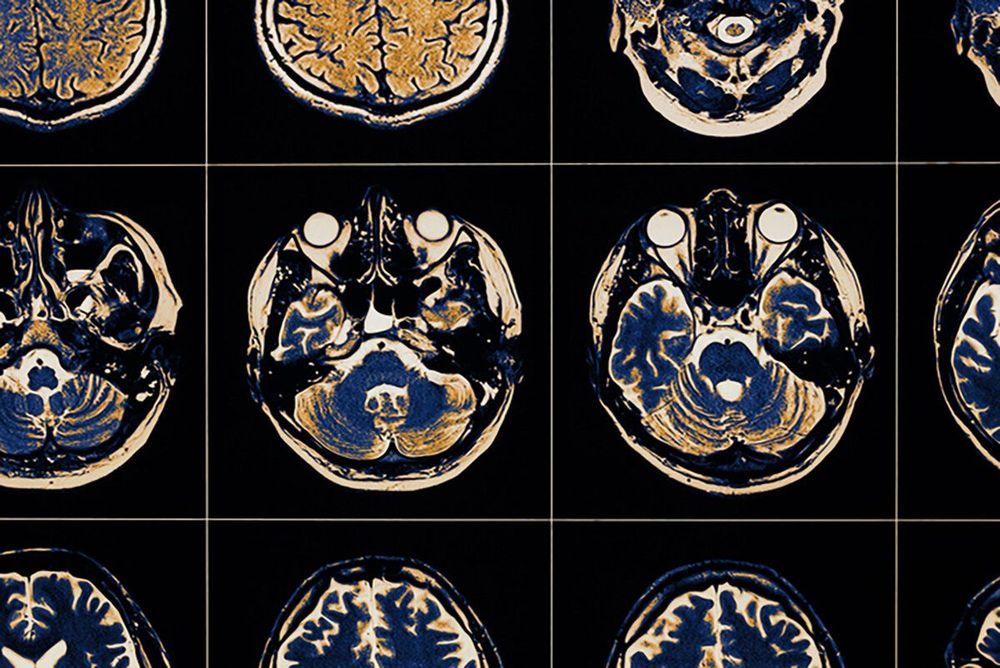More than a half-century ago, the ‘cognitive revolution’, with the influential tenet ‘cognition is computation’, launched the investigation of the mind through a multidisciplinary endeavour called cognitive science. Despite significant diversity of views regarding its definition and intended scope, this new science, explicitly named in the singular, was meant to have a cohesive subject matter, complementary methods and integrated theories. Multiple signs, however, suggest that over time the prospect of an integrated cohesive science has not materialized. Here we investigate the status of the field in a data-informed manner, focusing on four indicators, two bibliometric and two socio-institutional. These indicators consistently show that the devised multi-disciplinary program failed to transition to a mature inter-disciplinary coherent field. Bibliometrically, the field has been largely subsumed by (cognitive) psychology, and educationally, it exhibits a striking lack of curricular consensus, raising questions about the future of the cognitive science enterprise.







